The Secret Life of the Sailplane Grand Prix: A Behind-the-Scenes Journey
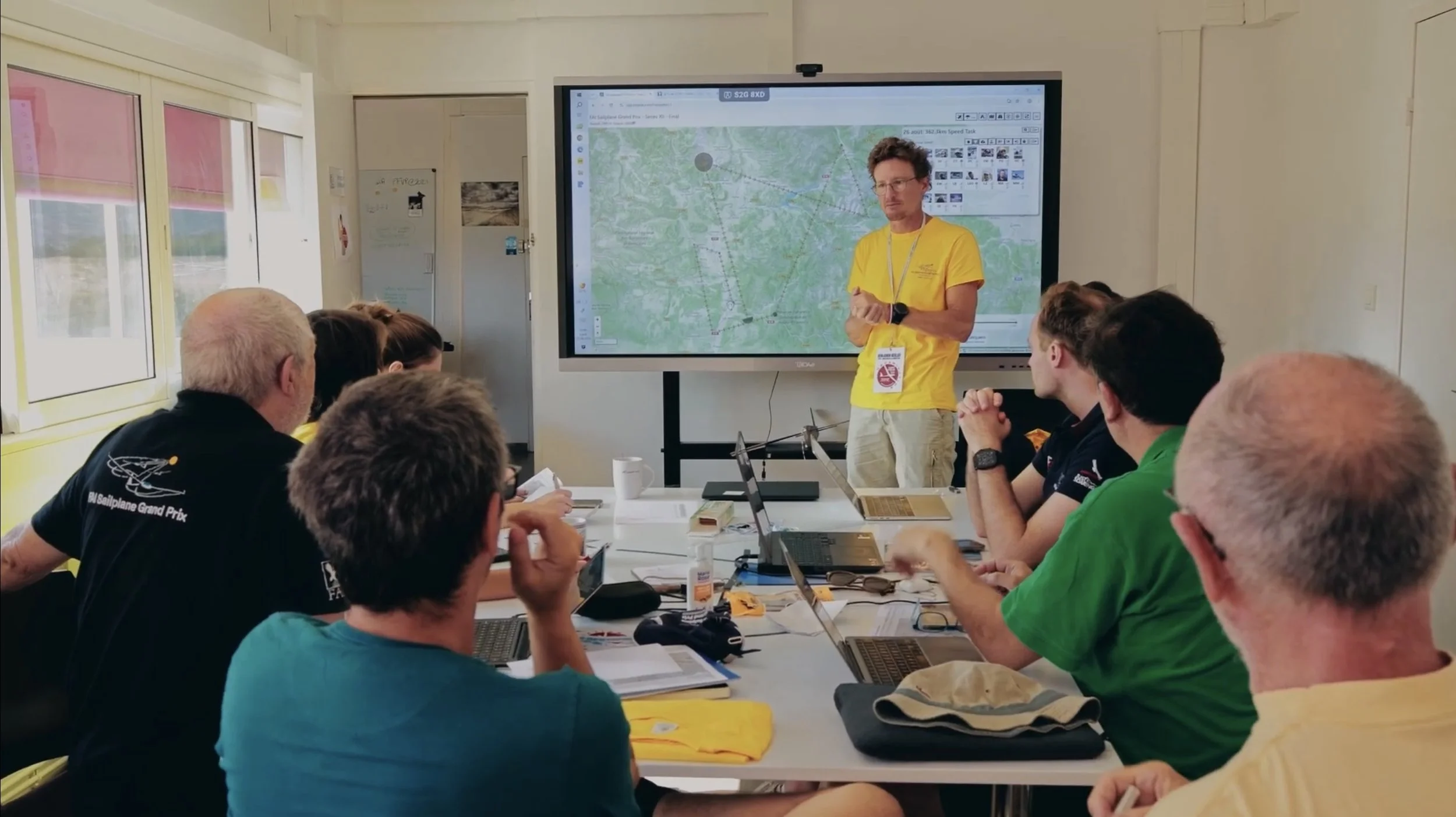
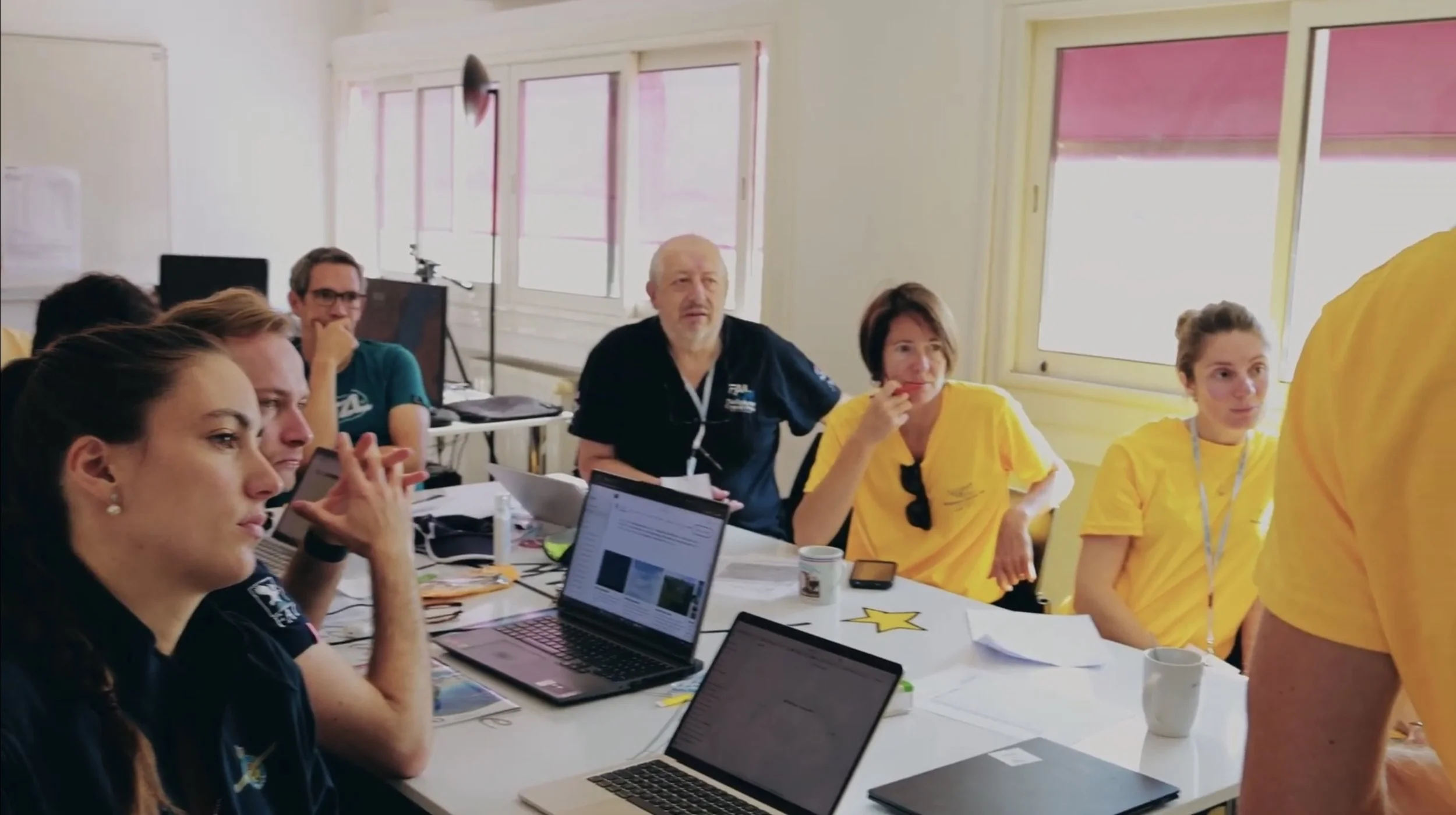

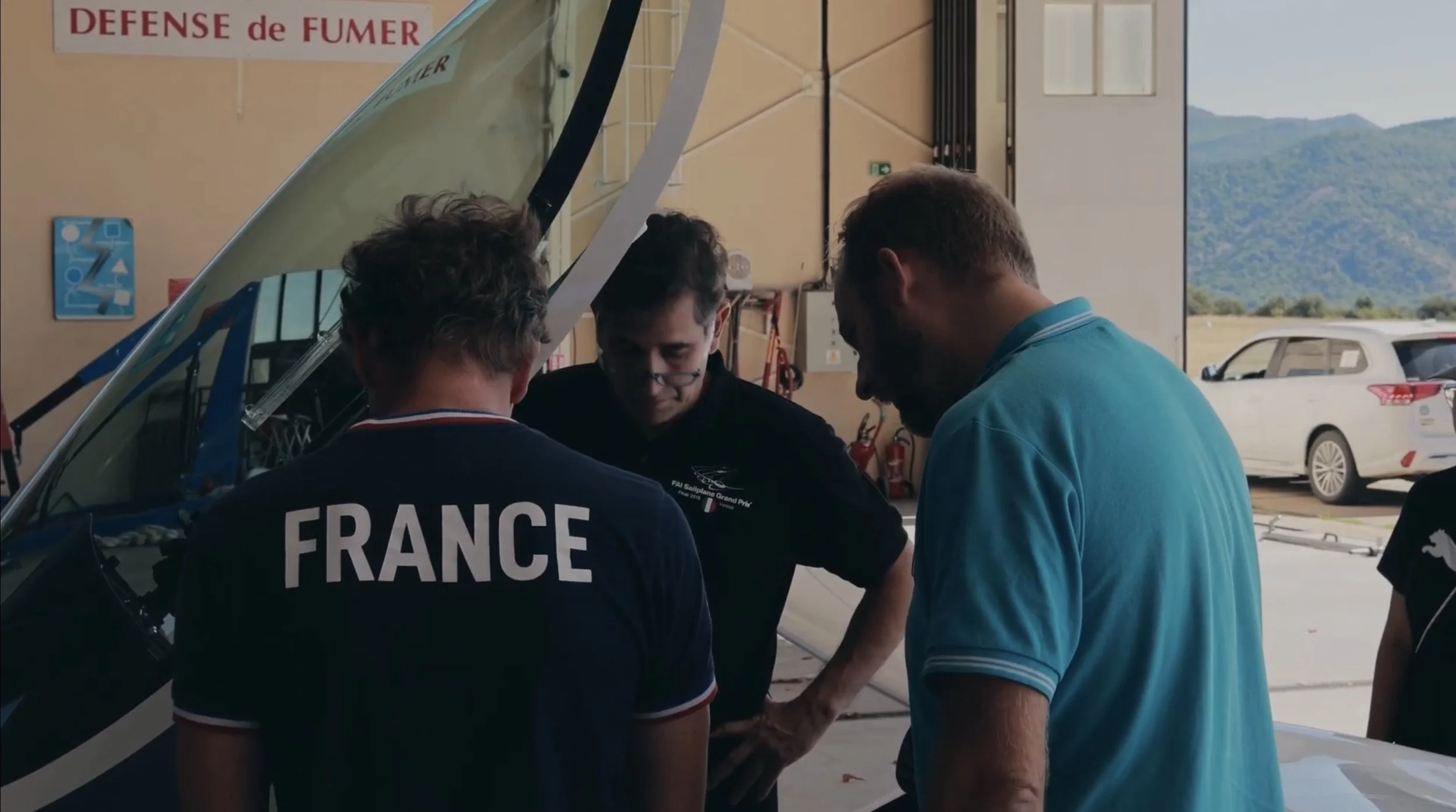
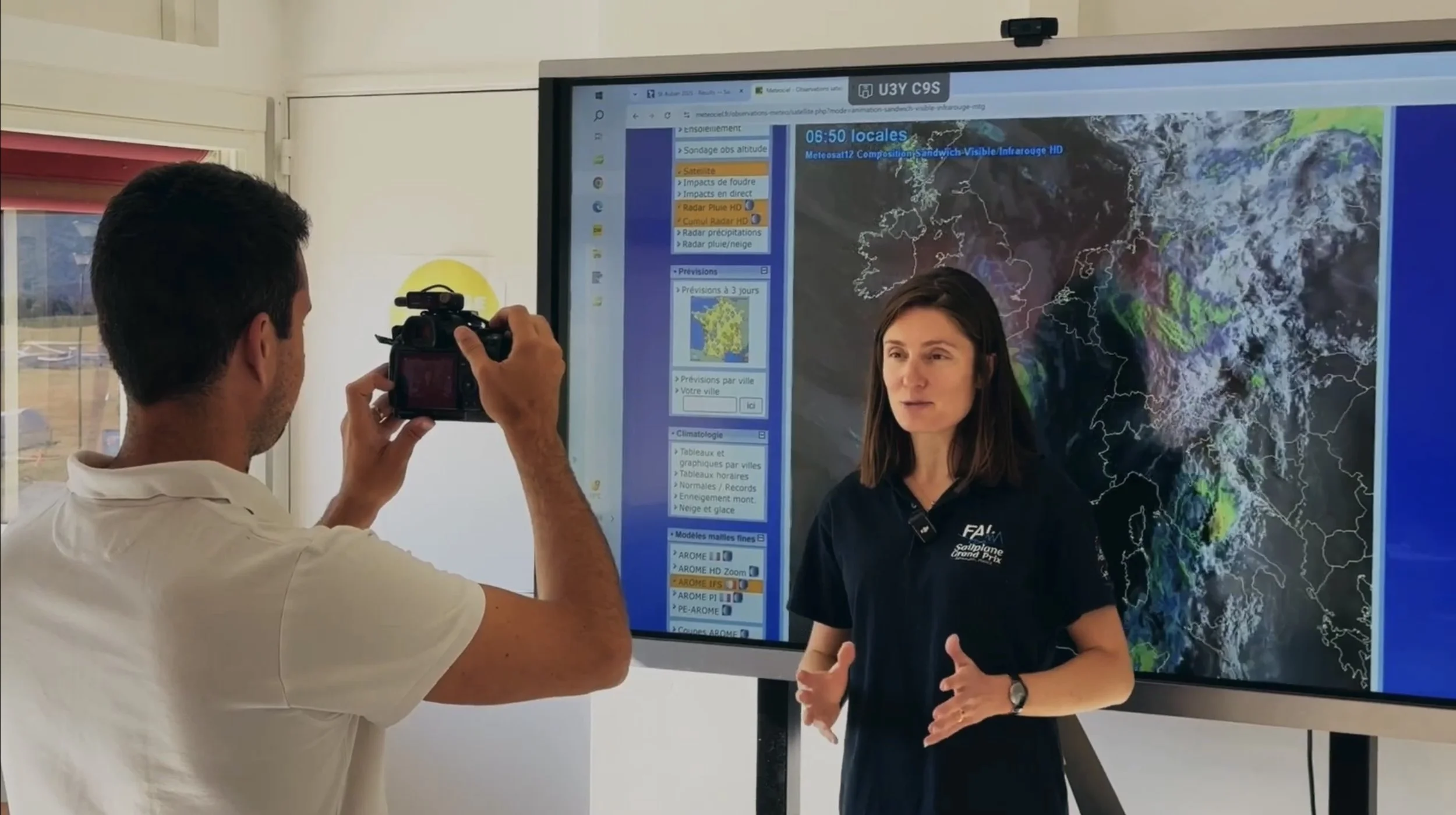
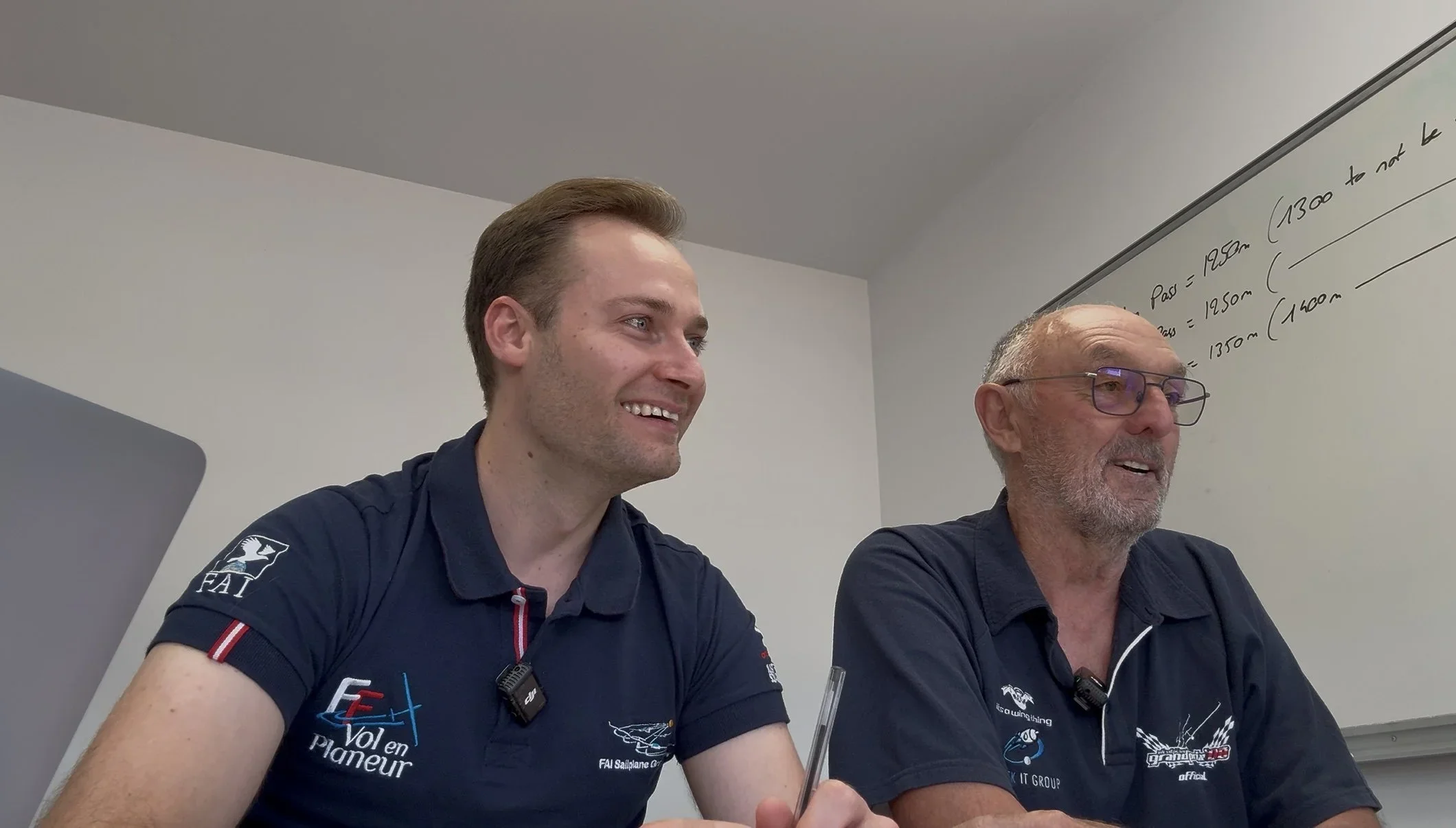
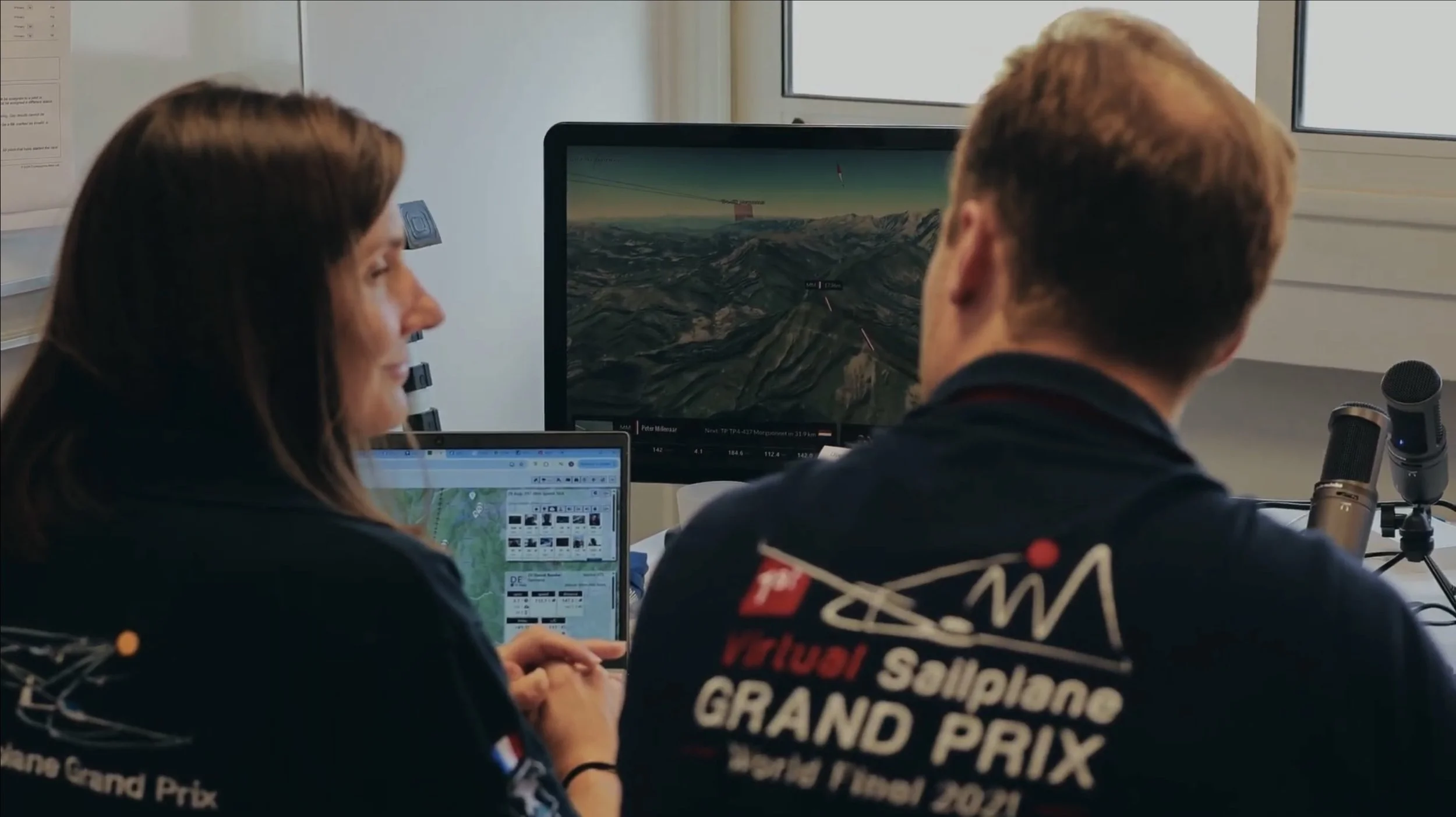
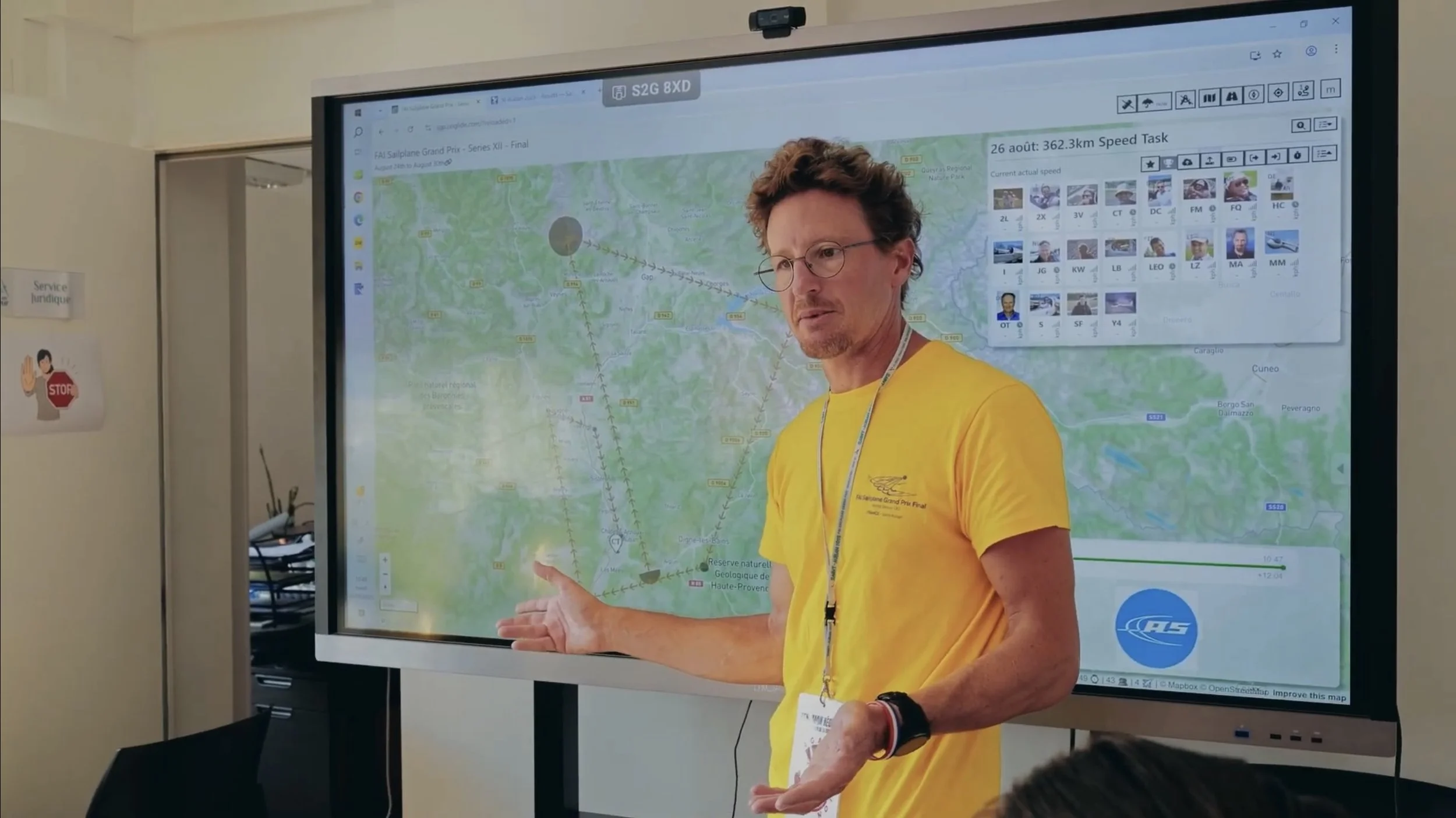
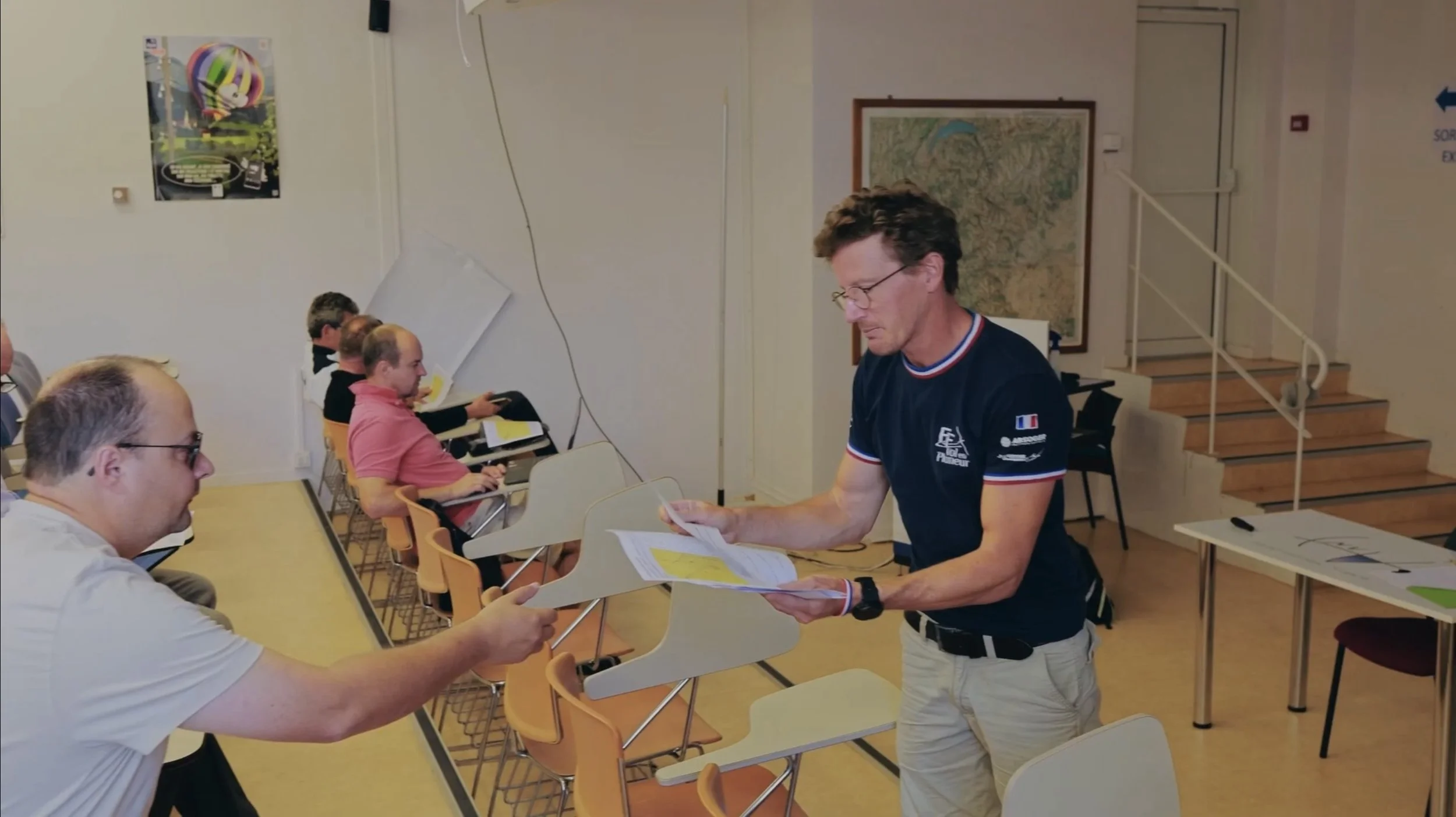
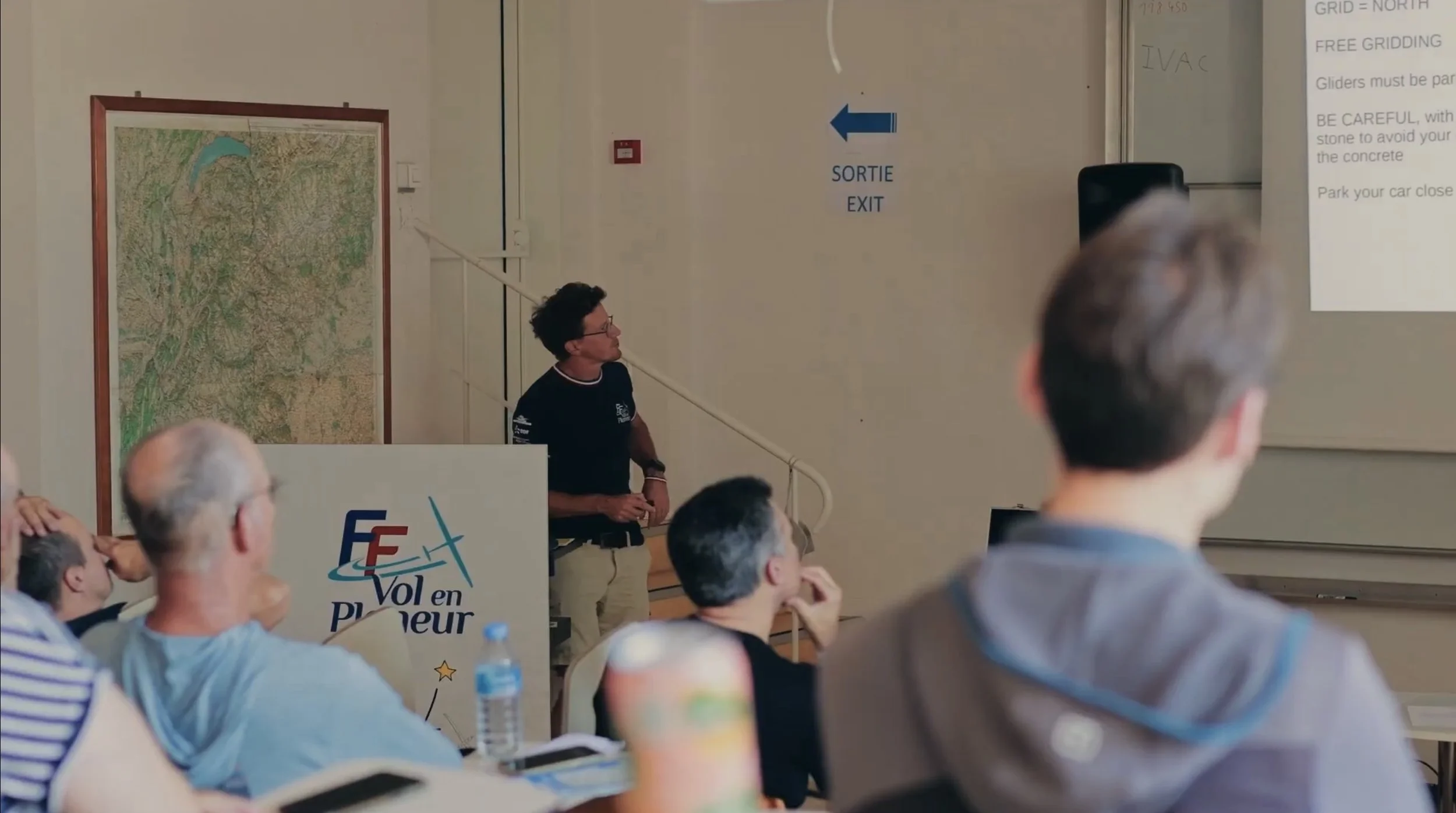
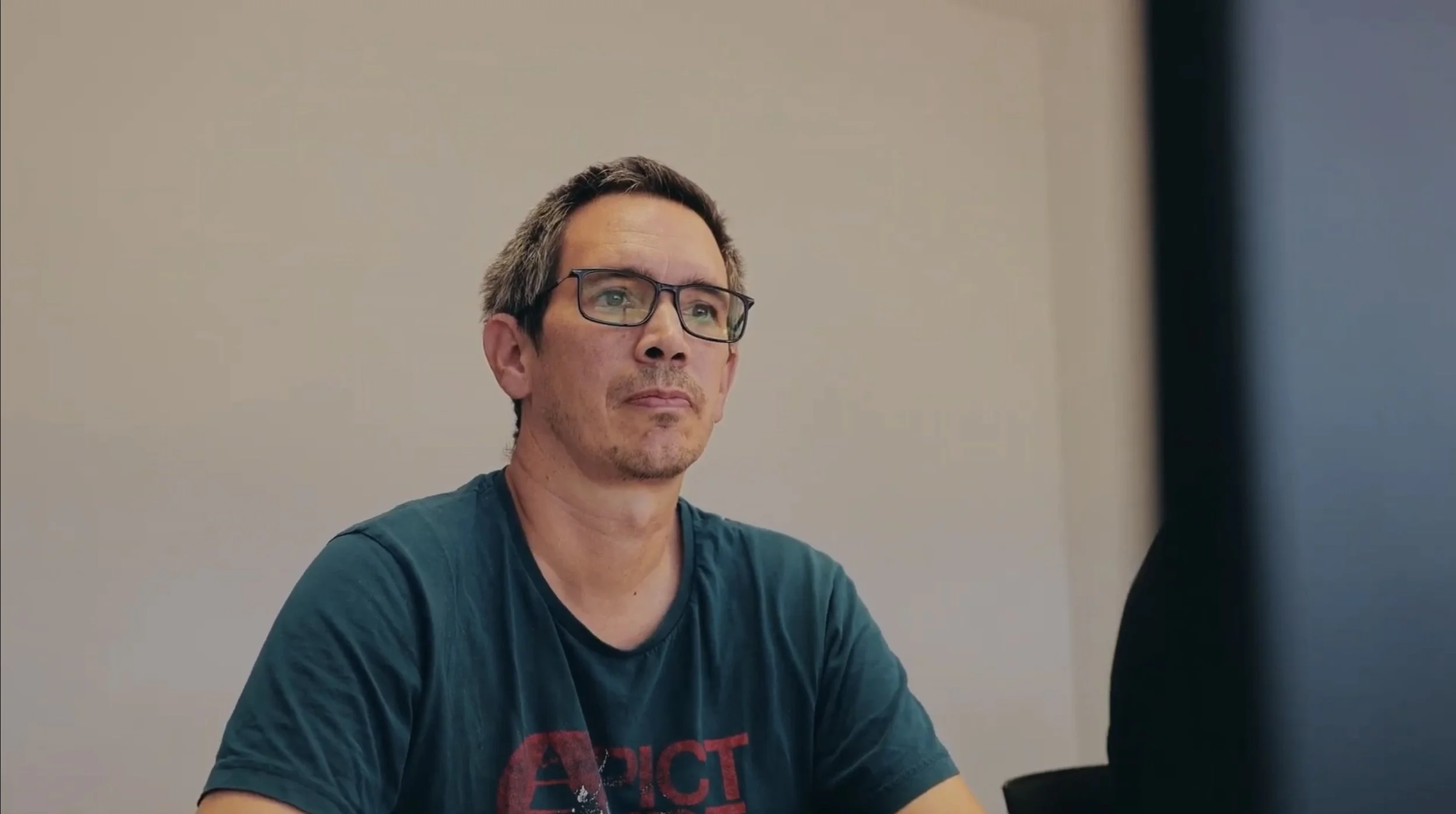
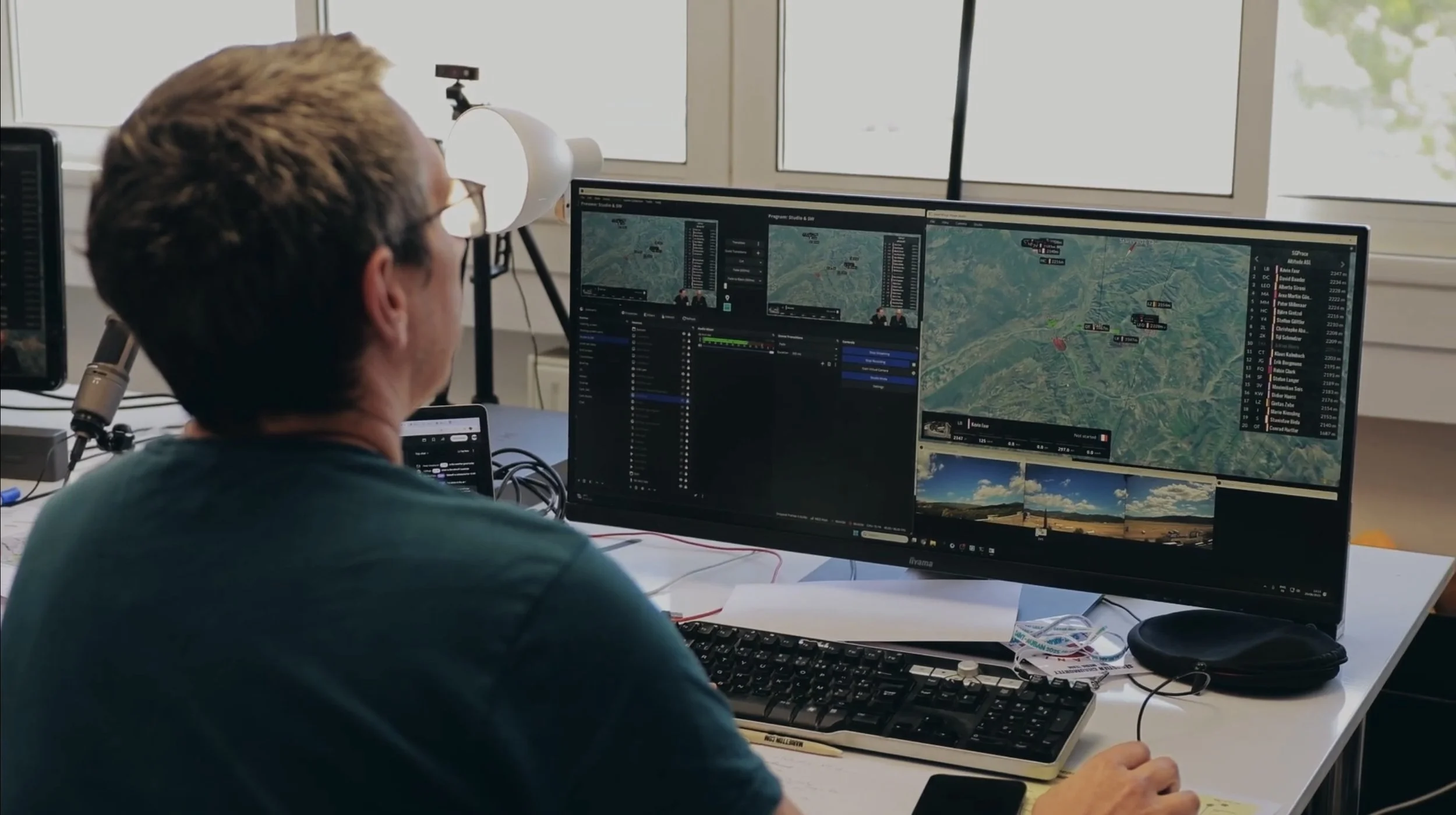
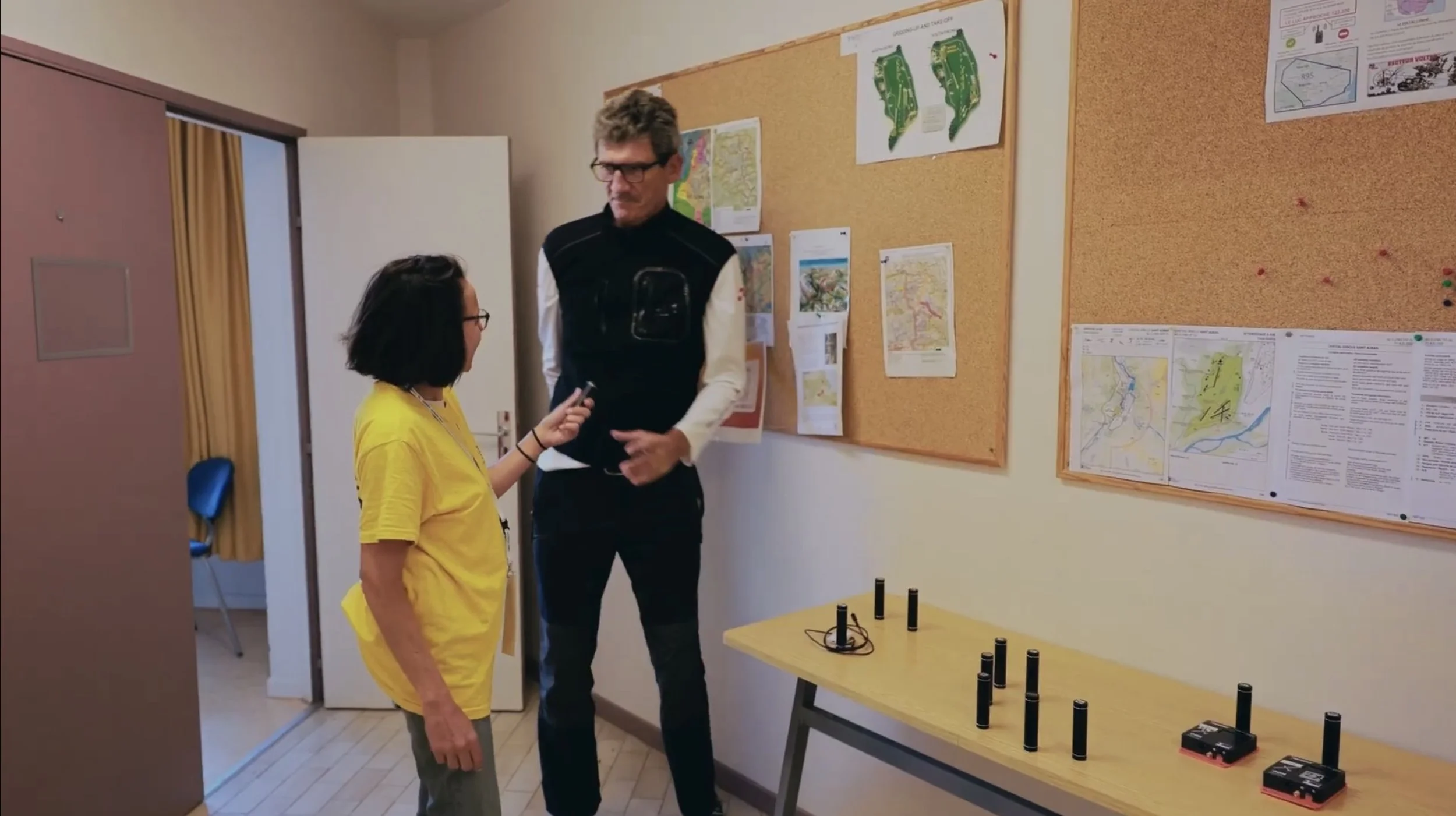
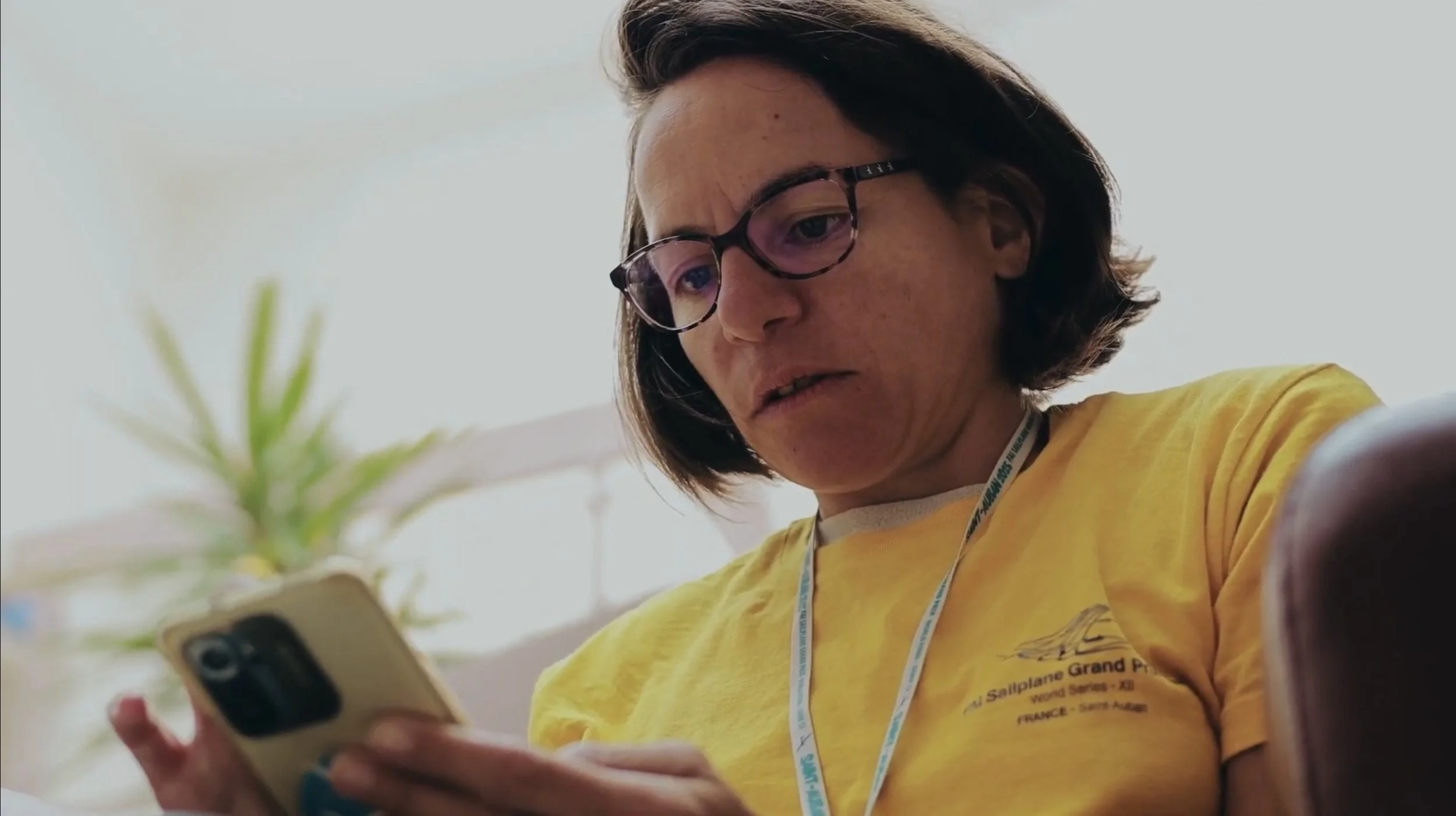
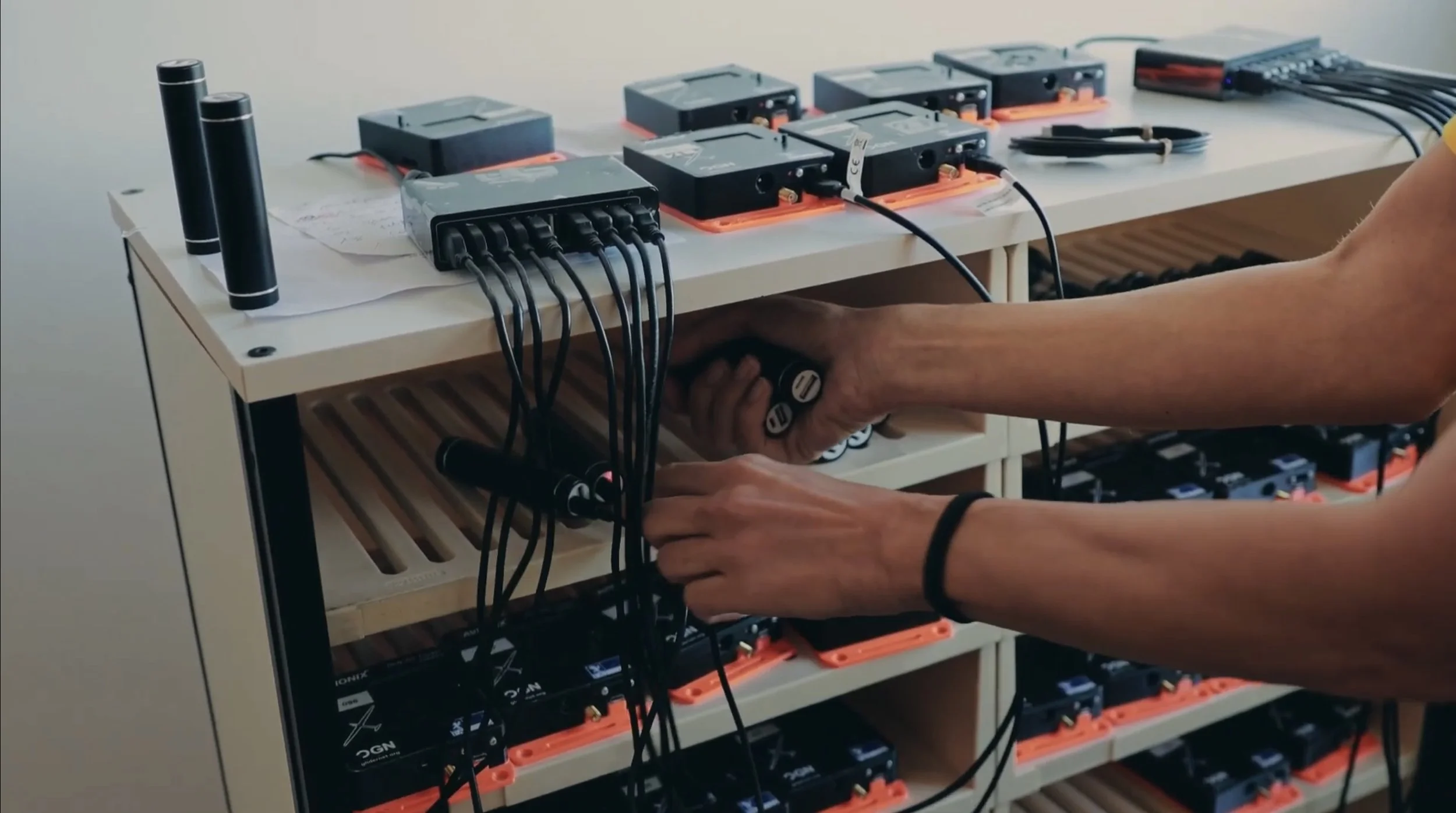
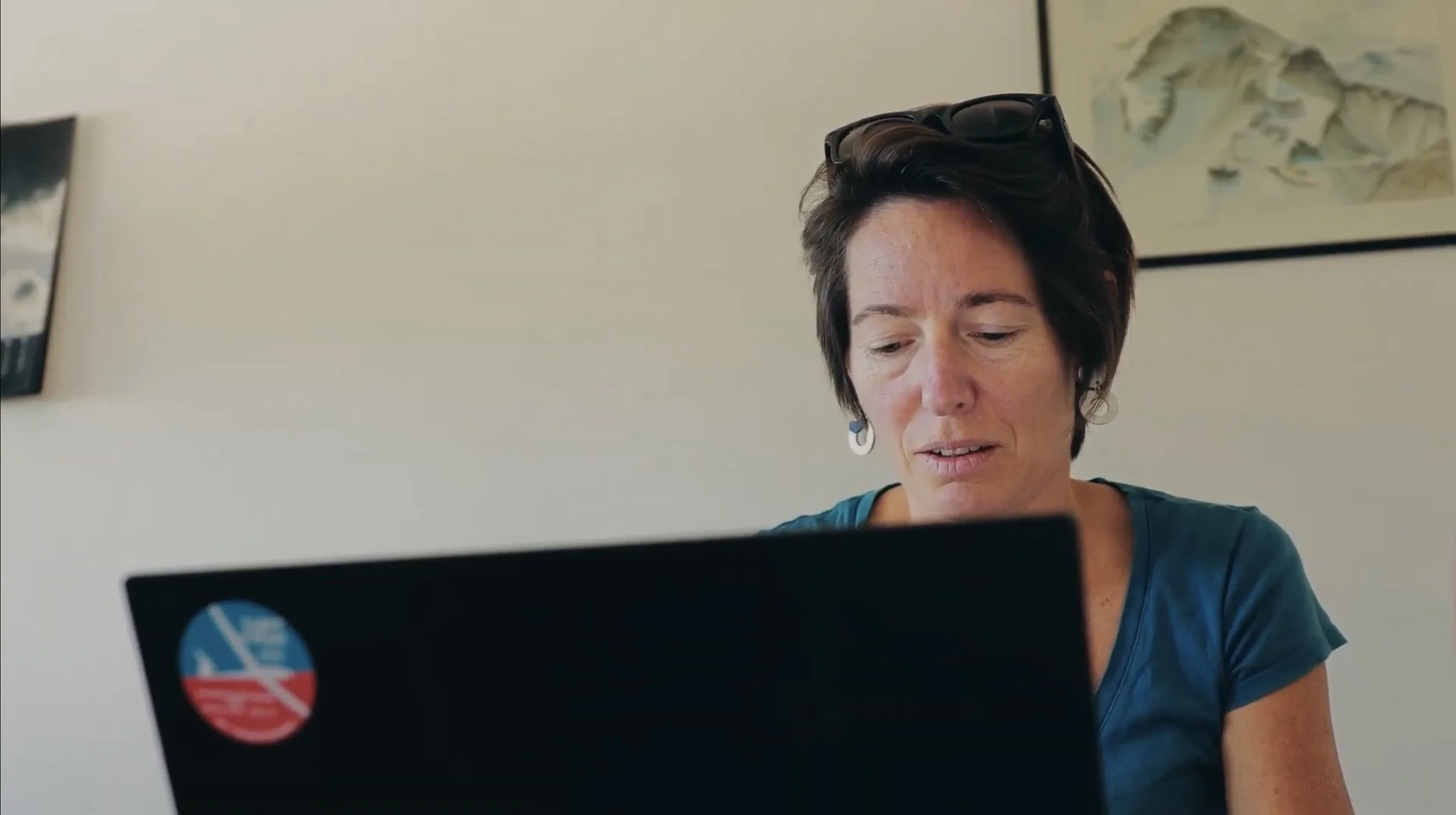
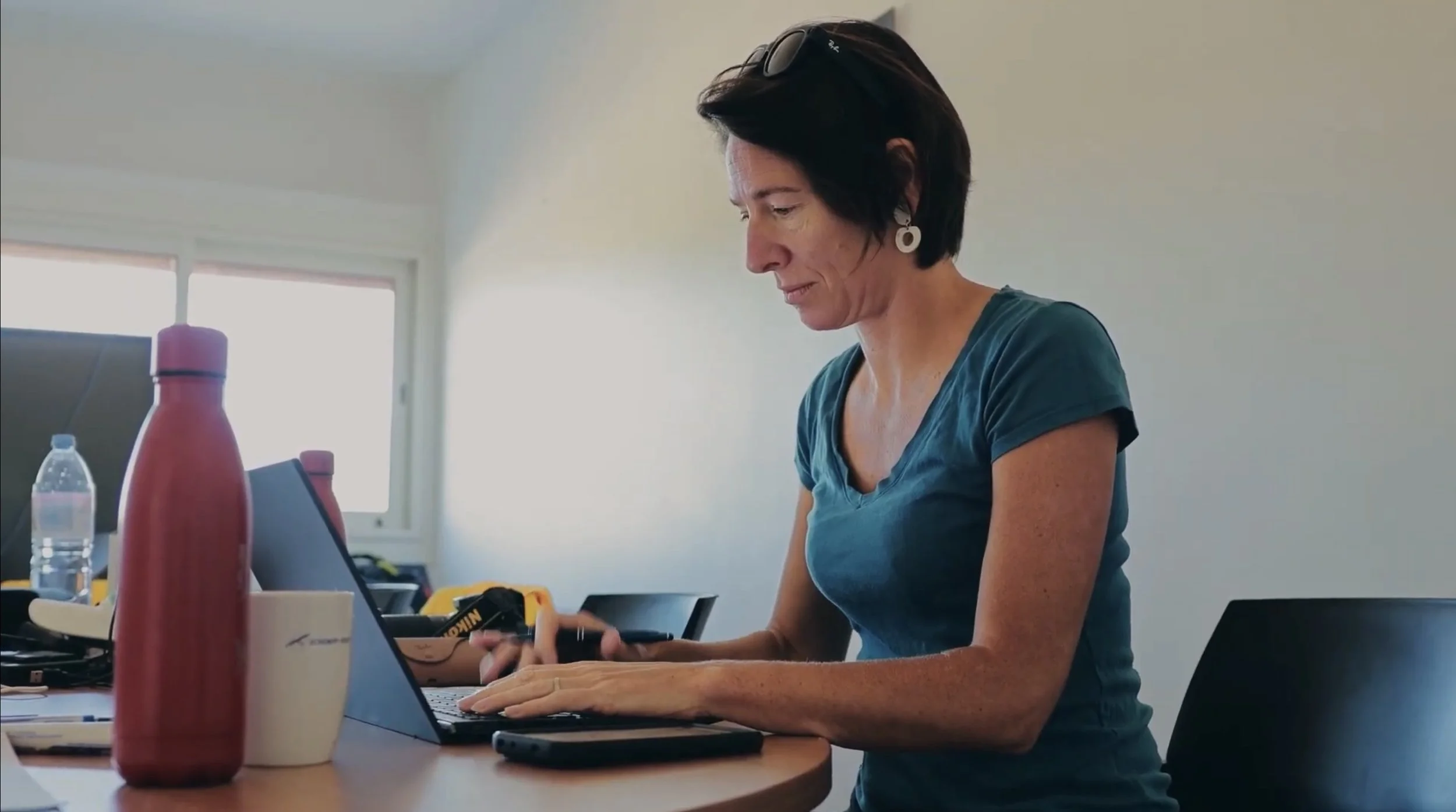

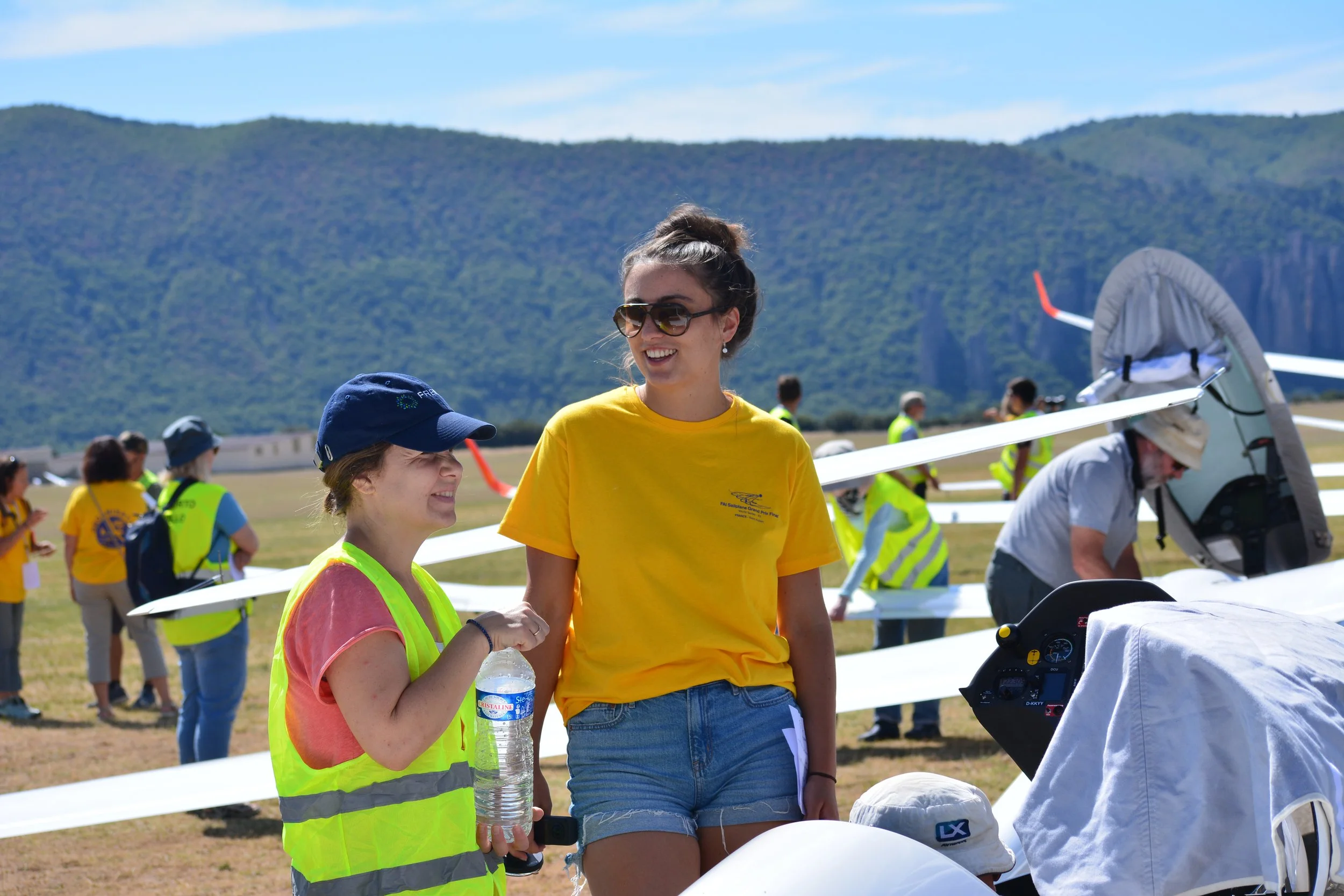
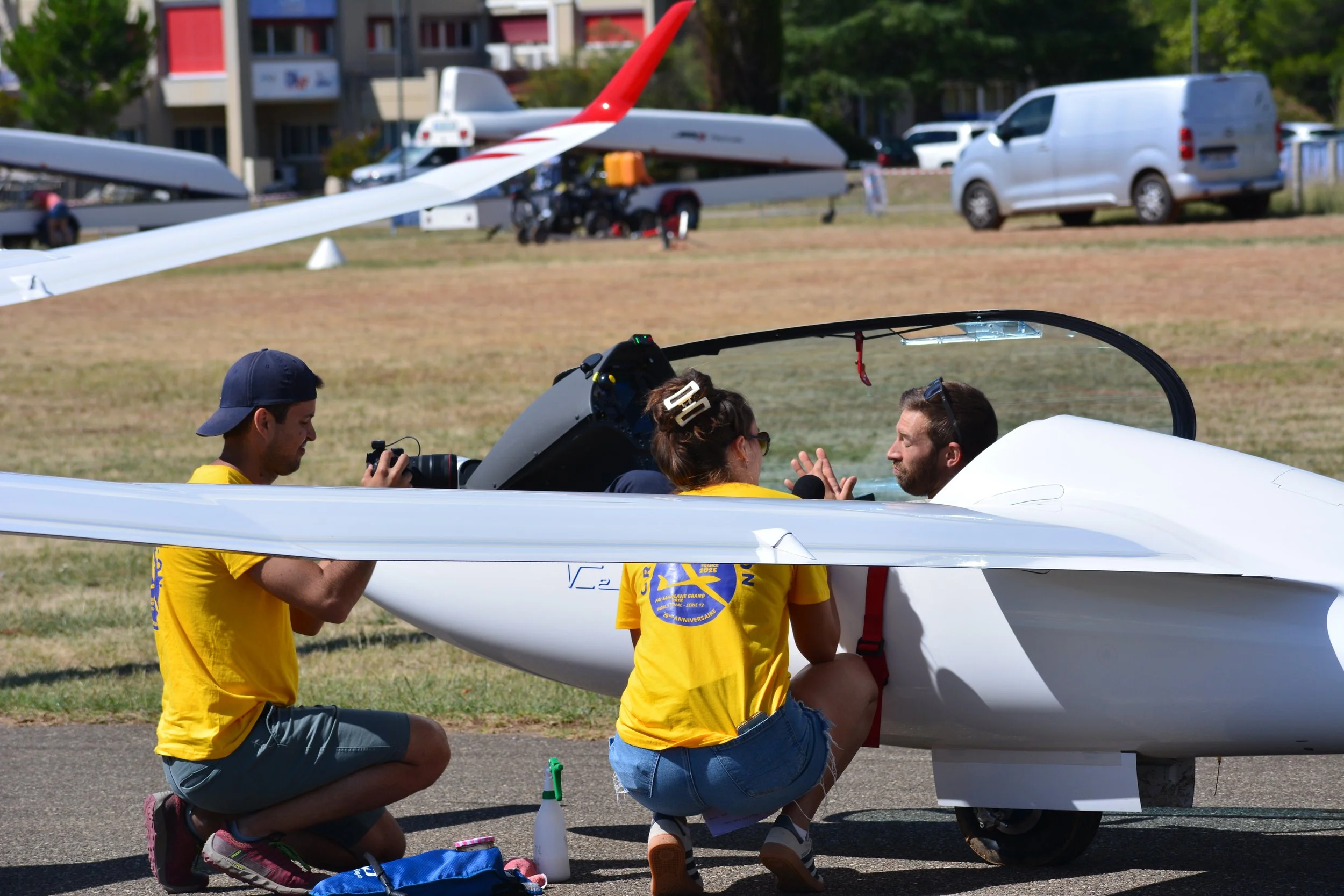

SAINT-AUBAN, France — The moment Maximilian Seis crossed the finish line just seven seconds ahead of Kévin Faur, the crowd erupted in cheers that echoed across the Alpine Airfield. But the real symphony had been playing all day in the media team area where a team of volunteers - pilots, technicians, and storytellers - transformed raw data and high-stakes competition into a spectacle watched by thousands across the globe. This is the untold story of how the Sailplane Grand Prix comes to life, not through multimillion-dollar productions, but through passion, precision, and an unshakable belief in the power of flight.
The day begins as the first golden rays creep over the Alpine peaks and the media team arrives to find the airfield shrouded in morning mist. The scent of fresh coffee mingles with the quiet hum of laptops powering up, the air thick with anticipation. By seven-thirty, the core group gathers for their morning ritual - a casual breakfast where conversation flows between recaps of yesterday’s drama, speculation about today’s potential surprises, and good-natured banter about the new generation of gliders and the pilots who fly them. There’s laughter, there’s gossip, there’s the easy camaraderie of a team that has spent years chasing the same dream: to make gliding as thrilling to watch as it is to fly.
But by eight-thirty, the tone shifts. The entire SGP Media Team assembles for a more formal briefing, joined by Rene Vidal, the event’s referee, who meticulously details the penalties from the previous day’s races. His voice is measured, precise - each infraction a lesson, each ruling a reminder of the fine line between victory and disappointment. Then, Angel Casado from the Open Glider Network (OGN) steps forward to run through the PAT check, as well as the critical pre-flight test of every tracker and transmission system that ensures no glider will vanish from the screens mid-race.
The team then turns its attention to the day ahead, brainstorming angles for the Grid Walk - those intimate, pre-flight interviews where pilots, standing beside their gliders, reveal their hopes, their fears, and their strategies. What questions will draw out the most compelling stories? Which pilots are likely to make bold moves? Where might the drama unfold before the race even begins? Some questions may add more pressure to a specific pilot, but it might not be a good day to do it. This is the moment where all is decided.
At ten-thirty, the pilots file into the briefing room at Saint-Auban, and the media team joins them, notebooks and cameras in hand. Here, the atmosphere is electric. Aude Untersee, the event’s meteorologist, stands before a detailed weather map, her finger tracing the ridges and valleys where the day’s battles will be won or lost. "The thermals will be strong in the area," she warns, "but reaching them won’t be easy." Her voice carries the weight of experience, and the room falls silent as she outlines the challenges ahead.
After the briefing, the team regroups in their office, where contest director Benjamin Neglais briefs on the day’s race - a puzzle of turnpoints and tactical decisions designed to test the bests in the world. The room buzzes as strategies are dissected, narratives take shape, and the team pinpoints where the race’s pivotal moments are likely to occur. "The pilots who read this right will make history. The ones who don’t… well, we’ll be telling that story too." The gliders won’t take to the sky for another three hours, but the media team already knows where the drama will unfold. They’re always one step ahead, turning raw data into anticipation, transforming wind and thermals into a story waiting to be told. The race hasn’t started yet, but in this room, it’s already alive.
At the heart of livestreaming operations is Sebastien Chaumontet, manipulating a technological nerve center where three big screens display the pulse of the race: live footage from tracking cameras, a dynamic 3D visualization of twenty gliders racing across the sky, and a real-time social media dashboard that connects fans from France to China. Sébastien uses the Silent Wings 3D system to adjust the displays that will become the eyes of thousands of viewers. "If we do this right," he says, "someone watching in Beijing will feel the wind in Seis’s face." Nearby, Angel Casado monitors the Open Glider Network, his screen alive with twenty blinking dots - each representing a pilot’s quest for victory. When one dot hesitates or changes course, the entire team leans in, knowing a pivotal moment has arrived.
The commentary box transforms into a theater of tension and insight, where former champions Brian Spreckley, Aude Untersee and Antoine Havet masterfully blend the technical intricacies of the race with its deeply human stories. As Seis begins his final, decisive climb, Havet’s voice drops to a hushed intensity: "Seis isn’t stopping - he’s pushing hard, taking his chance on this final glide." Their words flow not just in English but are also simultaneously translated into Mandarin, a milestone two years in the making that signals gliding’s bold arrival on the global stage.
Around them, the social media team operates like a well-oiled machine. Claire Héliot and Isabelle Jodin flood Facebook and Twitter with real-time updates, their fingers flying across keyboards to keep fans on the edge of their seats. Meanwhile, Indya Ruijgrok works her magic on Instagram and TikTok, distilling the complex physics of thermals into bite-sized, visually stunning clips that hook younger audiences. They don't just capture the race - they bottle the raw emotion of pilots in those fleeting moments during the race, and after landings, when exhaustion and exhilaration collide.
Then comes the heart-stopping moment: Kévin Faur, the 26-year-old prodigy, launches a fearless attack on Max Seis over the rugged slopes of Chabre, his glider slicing through the air in a desperate bid to overtake the 2015 world champion and clinch the world title. The room erupts as Faur closes the gap—five seconds, three seconds—his wings almost overlapping Seis’s in the final stretch. "This is it," Havet breathes into the microphone. The tension is palpable as the two gliders race toward the finish line, the entire team leaning in, hearts pounding. "That’s the Sailplane Grand Prix for you," Claire murmurs to a wide-eyed volunteer. "One second, you’re watching a tactical battle unfold. The next, you’re witnessing a legend in the making - or a dream shattered by inches."
“Most of us have day jobs”, says Isabelle as she installs the final tracker before switching to Twitter management. "We do this because we love it. Because we remember the first time we fell in love with flying." That passion infuses every aspect of the coverage, from the excitement in Claire’s voice on the Grid to the extra hour Vincent Tesniere spends perfecting the highlights video.
As the sun dips behind the mountains and the final glider lands, the team’s work isn’t done. They’re already editing highlights, writing reports, and dreaming about how to make the next Finals in Chile even more compelling. The pilots will take home the trophies and headlines, but the real story of the Sailplane Grand Prix is written by these invisible hands - the people who turn data into drama, who make the complex comprehensible, and who believe that the right story, told well, can make the whole world look up. As the last laptop closes and the final social media post goes live, one team member lingers in the empty media room. "Most people will remember Seis’ win," he reflects. "But what they’re really remembering is the story we helped tell." And with that, he flicks off the light, already dreaming about the next race, the next story, the next chance to share the magic of flight.
